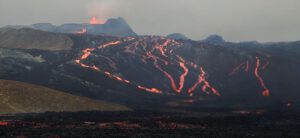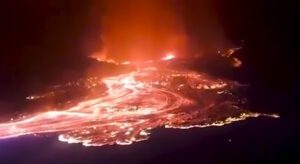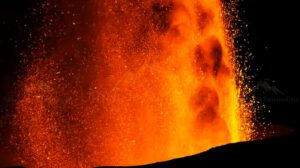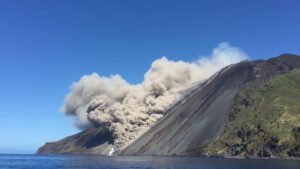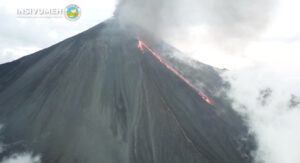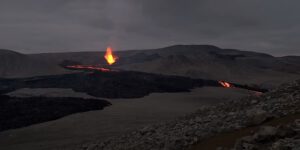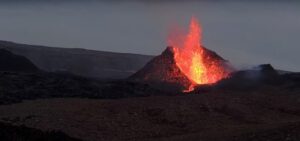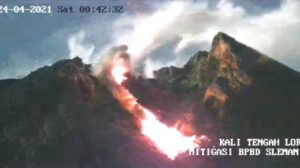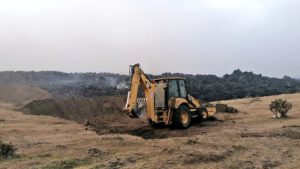State: Italy | Coordinates: 37.73, 15.00 |Eruption: Paroxysm
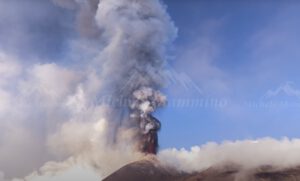 Yesterday morning Etna produced another paroxysmal volcanic eruption. The eruption started in the early morning hours and ended around 8:30 am. The tremor trembled through the yellow range for many hours, slowly increasing until it finally took off: strombolian eruptions merged into a lava fountain. Volcanic ash rose to an altitude of 6100 m. Lava flowed and MIROVA registered thermal radiation with 1835 MW power. The measurement was made after the end of the eruption. After the paroxysm, strombolian eruptions continued. Currently, the tremor is low.
Yesterday morning Etna produced another paroxysmal volcanic eruption. The eruption started in the early morning hours and ended around 8:30 am. The tremor trembled through the yellow range for many hours, slowly increasing until it finally took off: strombolian eruptions merged into a lava fountain. Volcanic ash rose to an altitude of 6100 m. Lava flowed and MIROVA registered thermal radiation with 1835 MW power. The measurement was made after the end of the eruption. After the paroxysm, strombolian eruptions continued. Currently, the tremor is low.
